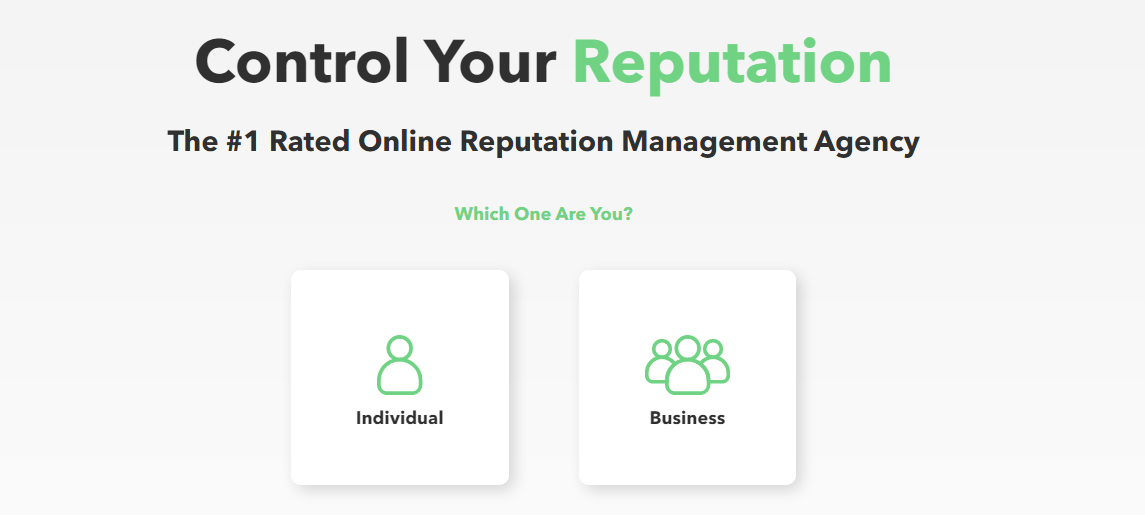As a website owner, you’re probably always looking for ways to improve your site’s findability and SEO. One way to do this is to create a taxonomy that is focused on both users and search engines.
A taxonomy SEO is basically a structure or system for classifying things. When it comes to websites, a taxonomy can help organize your content in a way that makes it easier for both users and search engines to find.
There are two main types of taxonomies: user-focused and search engine-focused. As the name suggests, a user-focused taxonomy is designed to help users find the content they’re looking for on your site. A search engine-focused taxonomy, on the other hand, is designed to help search engines index your content so that it can be more easily found by users.
Ideally, you should have a taxonomy SEO that is focused on both users and search engines. However, if you had to choose one or the other, a user-focused taxonomy is generally more important. This is because, at the end of the day, it’s users who are actually looking for and using your content.
A user-focused taxonomy SEO can be helpful in a number of ways. First, it can make it easier for users to find the content they’re looking for on your site. Second, it can help you organize your content in a way that makes sense to users. And third, it can help you create better content by forcing you to think about how users will interact with your content.
Creating a user-focused taxonomy is not difficult, but it does require some thought and planning. Start by thinking about the structure of your site. How is it organized? What types of content do you have? How can you group similar content together?
A taxonomy that is focused on both users and search engines can be a helpful tool for improving your site’s findability and SEO. By taking the time to create a well-organized, clearly defined taxonomy, you can make it easier for both users and search engines to find the content they’re looking for.
How to Implement Website Taxonomy?
There are a few steps you can take to implement site taxonomy SEO on your site:
1. Define the purpose of your website, and what type of content it will contain. This will help you determine the overall structure of the site, and how to group content together.
2. Create a hierarchy for your website. The most important pages should be at the top, with supporting pages below. This hierarchy should be reflected in the navigation menu so that visitors can see at a glance where they are on the site, and what other pages are available.
3. Create clear and concise category names, and use keywords that accurately describe the content contained within. This will help users and search engines easily find the content they’re looking for.
4. Assign each piece of content to a single category. This will help keep your site organized, and make it easier for users to find what they’re looking for.
5. Review your taxonomy regularly, and make changes as necessary. As your site grows and changes, so too should your taxonomy.
By following these steps, you can create a user-focused taxonomy that will help improve both the usability and SEO of your site. In case you require website design and development services, contact Foreignerds, a prominent web development firm based in the United States and India. Foreignerds, the skilled developers at Foreignedrs have years of expertise in developing websites for a range of companies. They’ll collaborate with you to understand your company’s aims and objectives, and they’ll develop a site taxonomy SEO that is targeted toward those goals. Contact them today to get started with your website design and development project at contact@foreignerds.com.



